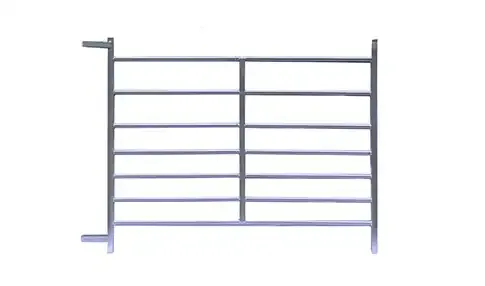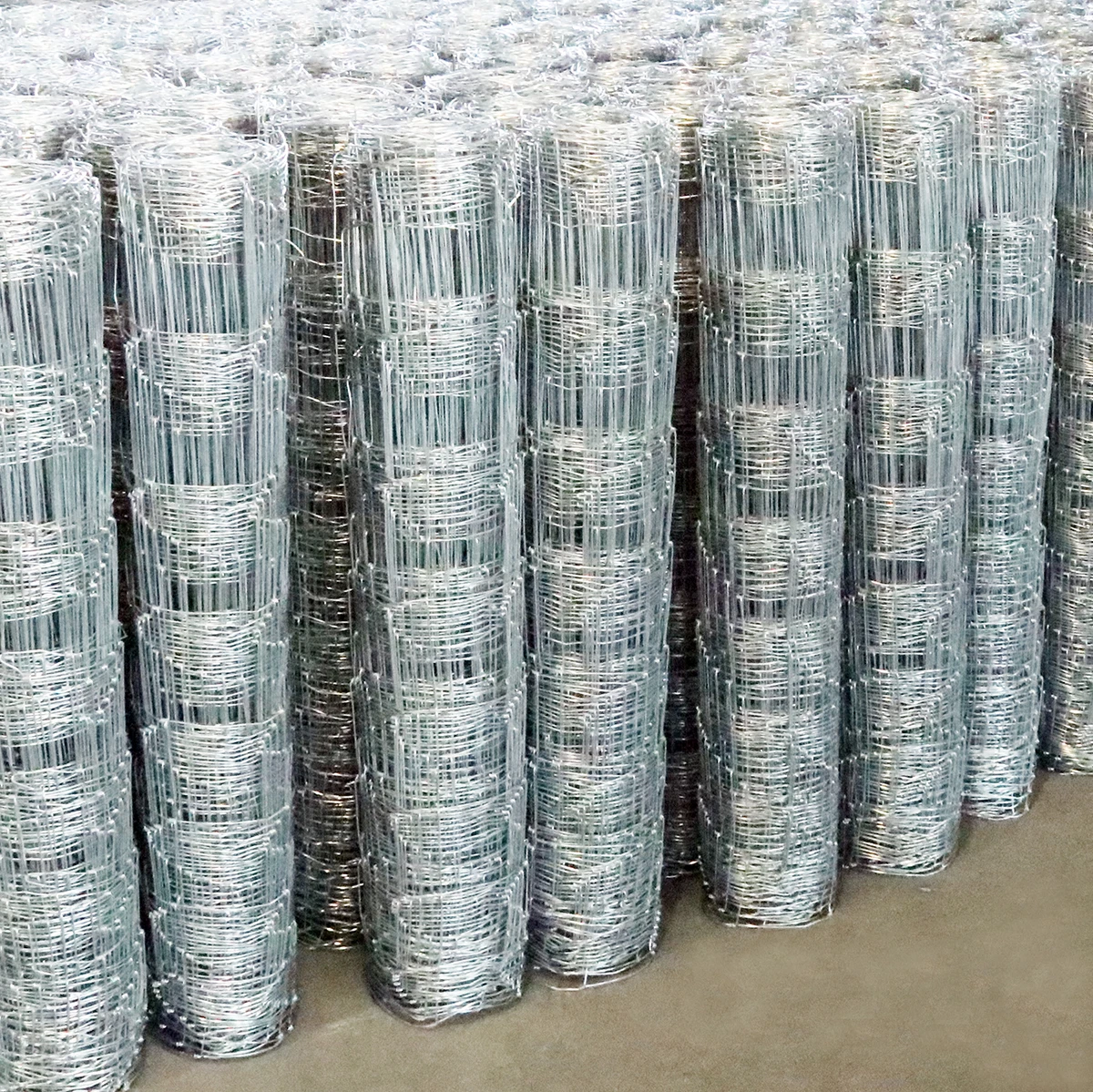Using Ground Screws for Securely Installing Posts in Various Applications
Dic . 31, 2024 04:52
Ground Screws for Posts A Modern Foundation Solution
When it comes to construction and outdoor projects, the type of foundation used is crucial for stability and longevity. Traditional methods such as concrete footings often require extensive excavation, time, and labor. However, a modern alternative has emerged in the form of ground screws, offering a quick, effective, and environmentally friendly solution for securing posts in various applications.
What Are Ground Screws?
Ground screws, also known as helical anchors or screw piles, are an innovative type of foundation system. They are typically made of galvanized steel and feature a helical design, resembling a large screw. This design enables them to be drilled into the ground, where they grip the soil securely as they are screwed in, creating a stable base for various structures, including fences, decks, and even larger buildings.
Advantages of Ground Screws
1. Easy Installation One of the most significant advantages of ground screws is the ease of installation. Unlike traditional concrete foundations that require heavy machinery and extensive labor, ground screws can be installed using a handheld tool or a small auger. This makes them a perfect solution for DIY projects as well as professional applications.
2. Time-Efficient Installation of ground screws typically takes only a fraction of the time compared to pouring concrete. This efficiency can significantly reduce overall project timelines, allowing for quicker completion and the ability to move on to the next phase of construction without delay.
3. Minimal Site Disruption Because ground screws require minimal excavation, they result in less soil disruption and damage to the surrounding landscape. This feature is especially beneficial for projects in environmentally sensitive areas or locations where preserving the existing vegetation is a priority.
4. Versatile Applications Ground screws can be used in a variety of applications, from supporting residential structures such as fences and decks to aiding large-scale commercial projects. They are also suitable for uneven or challenging terrains, making them an adaptable choice for almost any construction site.
ground screws for posts

5. Reusability One of the standout features of ground screws is their reusability. If a project needs to be moved or dismantled, the ground screws can often be easily extracted and used again elsewhere, promoting sustainability in construction practices.
6. Environmental Benefits Ground screws reduce the need for concrete, which has a significant carbon footprint due to its production process. By using ground screws, builders can contribute to a more sustainable approach, minimizing environmental impact.
Considerations for Use
While ground screws offer numerous benefits, there are some factors to consider before using them for your project. The load-bearing capacity of ground screws varies based on soil type and other environmental conditions. It is essential to conduct proper site assessments and calculations to ensure that the screws you choose will adequately support the intended structure.
Additionally, if your project is in an area with frost, you may need to pay closer attention to the installation depth of the screws to ensure stability during freeze-thaw cycles.
Conclusion
In summary, ground screws represent a modern, efficient, and environmentally friendly option for securing posts in various construction projects. Their ease of installation, minimal disruption to the site, versatility, and reusability make them an appealing choice for both DIY enthusiasts and professional builders alike. As the construction industry continues to evolve towards more sustainable practices, ground screws are likely to gain further popularity as a reliable foundation solution.
Whether you're planning to build a new fence, deck, or larger structures, exploring the option of ground screws could save you time, reduce costs, and contribute to a greener future. Embracing this innovative approach to foundations not only enhances the construction experience but also promotes a more sustainable interaction with our environment.









 Unity
Unity Creation
Creation Challenge
Challenge Contribution
Contribution










